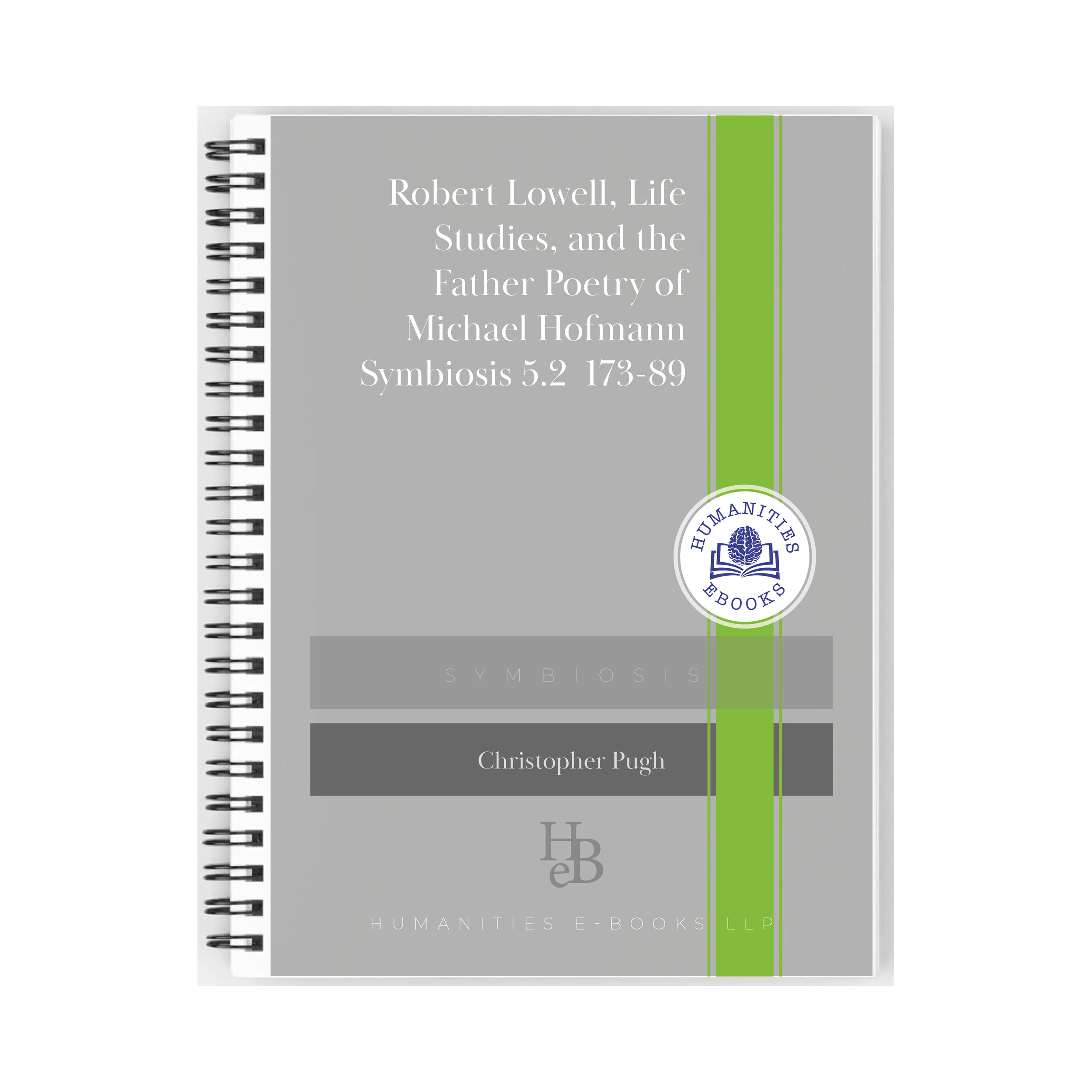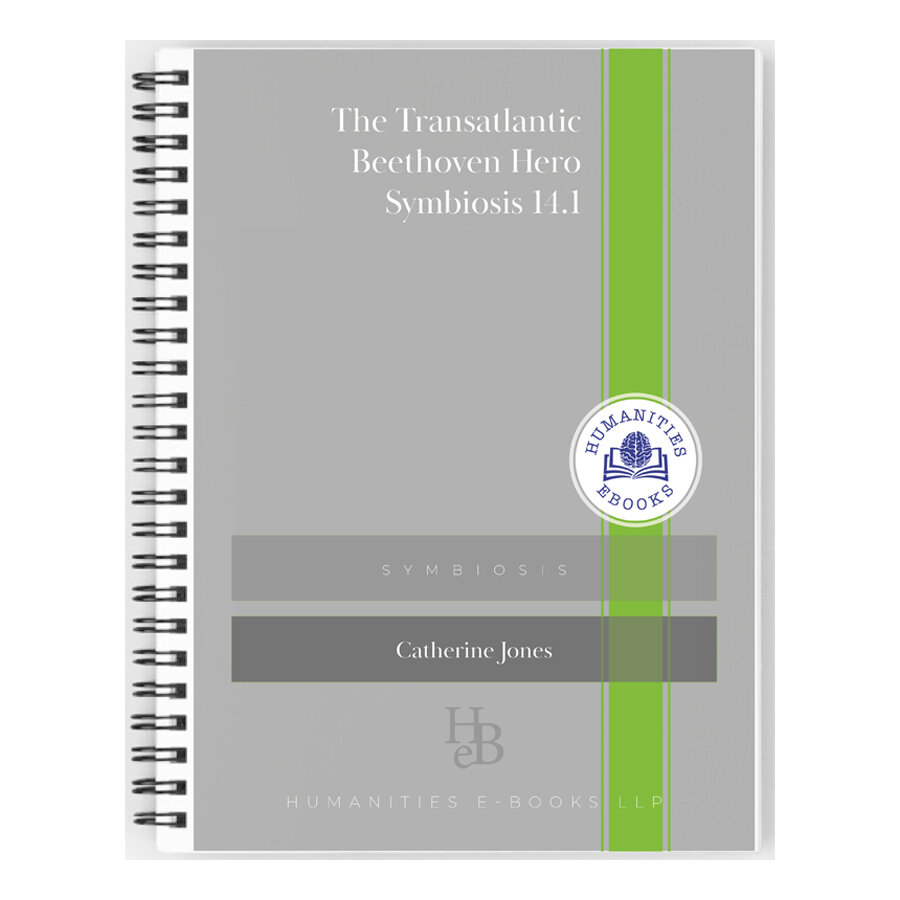Ideal Homes: James, Rossetti and Swedenborg's House of Life
Symbiosis 8.1 49-62
Author: Hazel Hutchinson
Pages: 16
'Ideal Homes: James, Rossetti, and Swedenborg’s House of Life' by Hazel Hutchinson, explores the influence of Emanuel Swedenborg’s mystical visions on the works of Henry James and Dante Gabriel Rossetti. Originally published in Symbiosis: a Journal of Anglo-American Literary Relations, this essay delves into how Swedenborg's concept of the 'House of Life' shaped James's and Rossetti's literary depictions of homes and consciousness. Hutchinson provides an in-depth analysis of how these writers used architectural metaphors to express spiritual and psychological ideas. This scholarly work is essential for readers interested in literary criticism, 19th-century literature, and the intersection of literature and philosophy.
Symbiosis 8.1 49-62
Author: Hazel Hutchinson
Pages: 16
'Ideal Homes: James, Rossetti, and Swedenborg’s House of Life' by Hazel Hutchinson, explores the influence of Emanuel Swedenborg’s mystical visions on the works of Henry James and Dante Gabriel Rossetti. Originally published in Symbiosis: a Journal of Anglo-American Literary Relations, this essay delves into how Swedenborg's concept of the 'House of Life' shaped James's and Rossetti's literary depictions of homes and consciousness. Hutchinson provides an in-depth analysis of how these writers used architectural metaphors to express spiritual and psychological ideas. This scholarly work is essential for readers interested in literary criticism, 19th-century literature, and the intersection of literature and philosophy.
Symbiosis 8.1 49-62
Author: Hazel Hutchinson
Pages: 16
'Ideal Homes: James, Rossetti, and Swedenborg’s House of Life' by Hazel Hutchinson, explores the influence of Emanuel Swedenborg’s mystical visions on the works of Henry James and Dante Gabriel Rossetti. Originally published in Symbiosis: a Journal of Anglo-American Literary Relations, this essay delves into how Swedenborg's concept of the 'House of Life' shaped James's and Rossetti's literary depictions of homes and consciousness. Hutchinson provides an in-depth analysis of how these writers used architectural metaphors to express spiritual and psychological ideas. This scholarly work is essential for readers interested in literary criticism, 19th-century literature, and the intersection of literature and philosophy.









